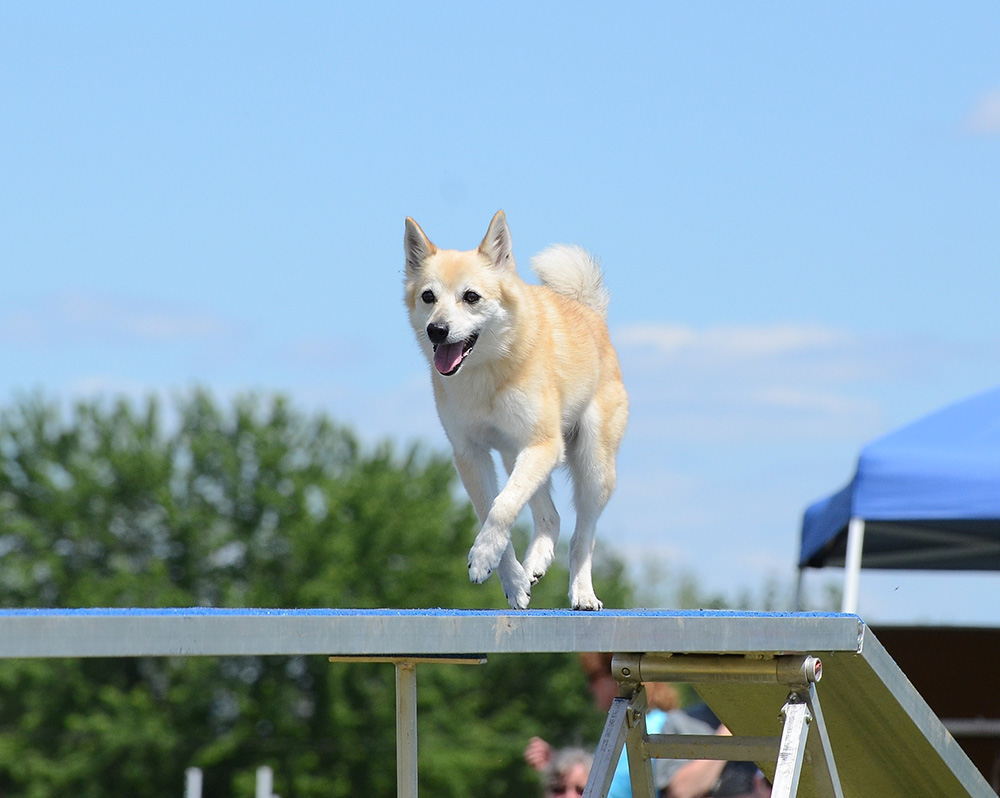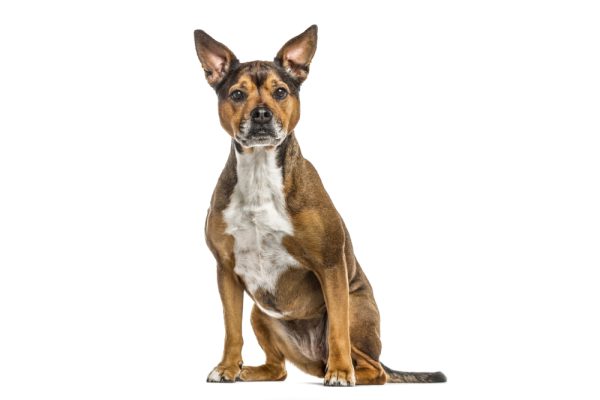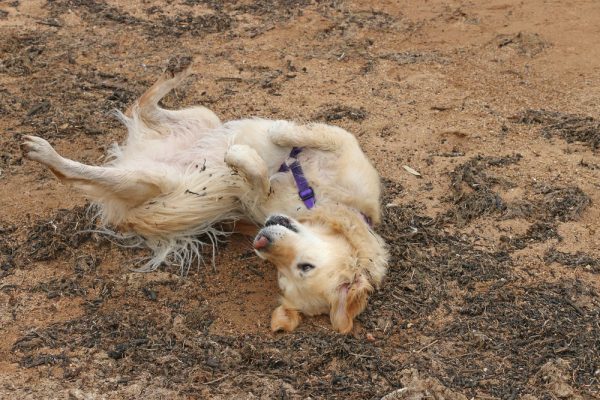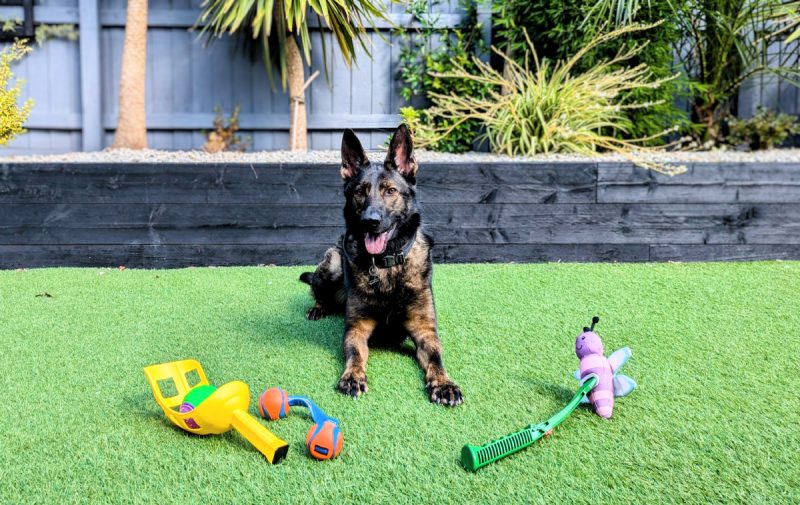In this article
View 8 More +With an ancient history that dates back thousands of years to the Vikings, there might not be a dog that’s more “Norse” than the Norwegian Buhund. They might not look it at first glance, but they’re loving, affectionate, and most of all, fierce.
While they might not be the most popular dog breed in the United States, we’re sure they’d grow in popularity if more people knew about them!
Breed Overview
Height:
16–18.5 inches
Weight:
26–40 pounds
Lifespan:
12-15 years
Colors:
Wheaton or black
Suitable for:
Active families, those with a fenced-in yard, and experienced pet owners
Temperament:
Loyal, loving, intelligent, independent, friendly, hard-working
The Norwegian Buhund is a dog breed that dates back thousands of years, but they’ve only enjoyed formal recognition for less than 20 years. They’re incredibly loving, highly trainable, and extremely loyal, all traits that make an outstanding pup.
We’re sure the more you learn about the more you’ll fall in love, so just keep reading and we’ll introduce you to one of the best-kept secret dog breeds in the world today!
Norwegian Buhund Characteristics

Norwegian Buhund Puppies
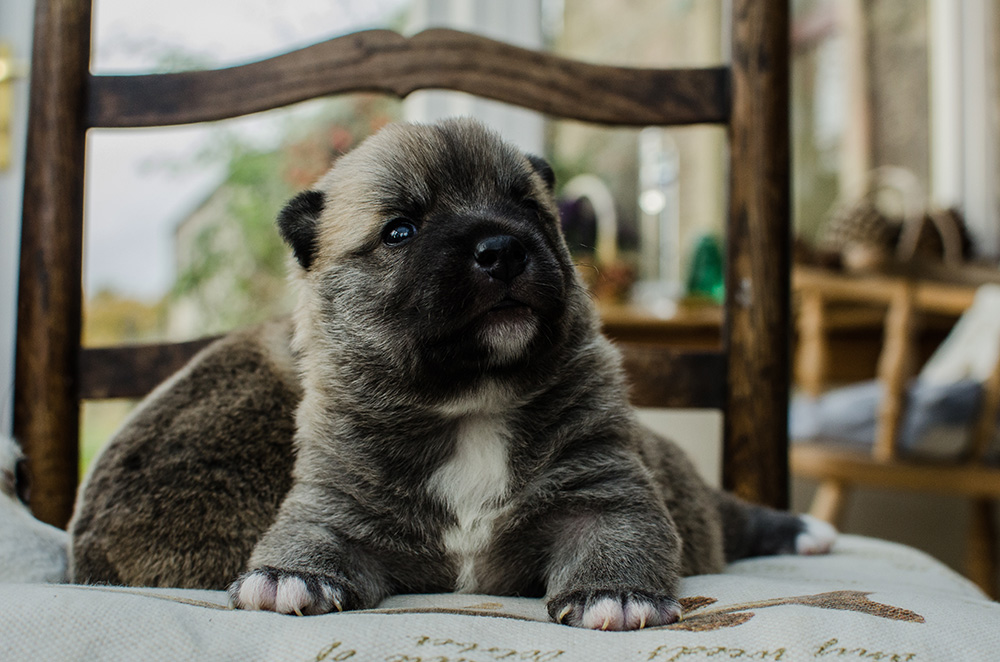
The American Kennel Club (AKC) recognizes the Norwegian Buhund as the 178th most popular dog breed out of 201 breeds. While there’s been some fluctuation over the years, it’s not by much.
Because of this, there’s not an overabundance of Norwegian Buhund breeders to pick from. It’s incredibly rare to find Norwegian Buhunds in shelters, and even if you do, they’re most likely a mixed breed. There’s nothing wrong with this, but if you want a purebred, you’ll need to find a breeder.
Norwegian Buhund breeders aren’t all over the place, but if you’re willing to drive a few hours, you can find breeders pretty much throughout the country, but you might need to travel a bit to get to a reputable one.
It’s well worth the extra drive and work to find a reputable breeder, though. Not only do you get to avoid supporting a puppy mill, but it’s more likely that you’ll get a dog with fewer health and behavioral problems, saving you money in the long run.
Norwegian Buhund Origin & History
While the Norwegian Buhund only gained formal recognition by the AKC in 2009, that’s far from the breed’s origin. The breed dates back thousands of years to the ancient Vikings.
The Norwegian Buhund was a well-known farmstead hand that could complete a wide array of tasks, and with a thick double coat, the cold weather was never much of a concern. They’ve remained a steady hand around homes around the world ever since, and while they’re not the most popular dog breed today, you can still find them everywhere.

Temperament & Intelligence of the Norwegian Buhund 🧠
The Spitz dog breed, from which the Norwegian Buhund descends, is notoriously stubborn. However, compared to most other Spitz breeds, the Norwegian Buhund is less stubborn. They still retain quite the independent streak, and they’re more stubborn than many other dog breeds.
But don’t let their stubborn streak fool you, they’re incredibly loving, sweet, and intelligent. You just want to get them on your side and convince them that what you want is what they want, and before long, they’ll be your best friend and give you as much love and attention as you want.
Are These Dogs Good for Families? 🏡
With proper socialization, the Norwegian Buhund usually gets along great with kids and other family members. However, it is essential to ensure your pup gets enough exercise and that you properly socialize it.
If your dog doesn’t get the exercise they need, their pent-up energy can quickly turn into destructive and sometimes aggressive boredom behaviors. So, they can get a little temperamental if you don’t meet all their needs, so we recommend them for experienced pet owners.
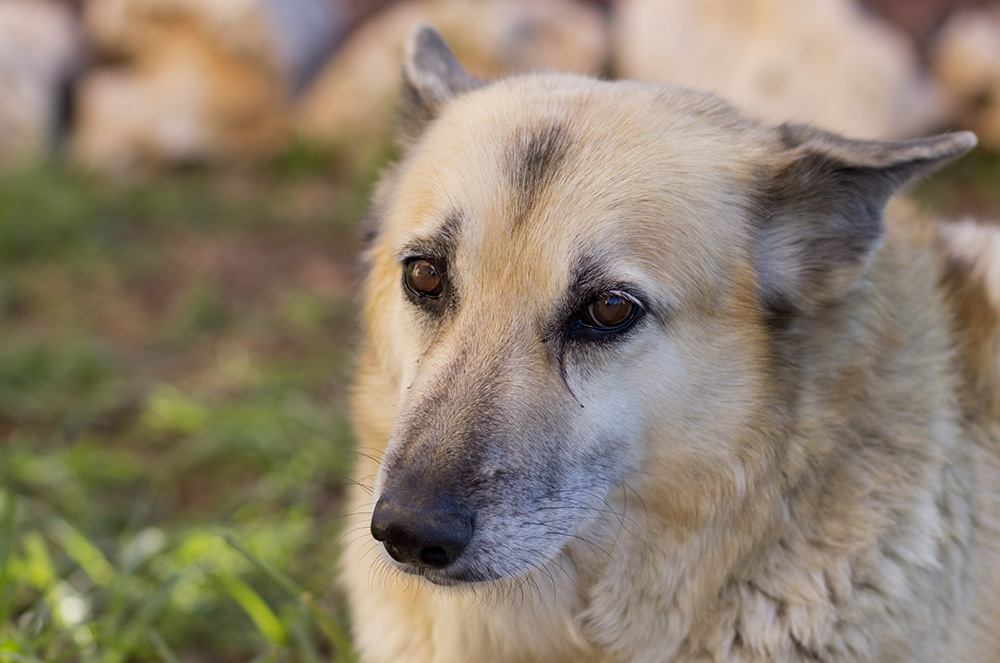
Does This Breed Get Along With Other Pets? 🐶 😽
While you need to be careful anytime you introduce two pets to each other, with proper socialization, you can usually rest easy knowing your pup will get along with almost every pet in your home.
However, it’s essential that your Norwegian Buhund recognizes them as another pet in your home, as they were bred for herding, which could mean that other pets get chased. If you don’t take the time to introduce the two of them to each other, your pet won’t recognize them as another member of the family, which can lead to problems.

Things to Know When Owning a Norwegian Buhund
There really aren’t many hiccups that come with owning a Norwegian Buhund, at least not compared to owning most other dog breeds.
However, each dog breed does come with its own unique challenges and needs, and it’s essential for any future dog owner to know exactly what they’re getting into before they bring a new pup into their home.
Food & Diet Requirements 🦴
Generally, as long as you’re feeding your dog a nutritionally complete high-quality diet, you don’t need to worry too much about different brands or whether it’s a fresh food diet or traditional kibble. While the exact amount your Norwegian Buhund will need to eat will vary depending on their size and the dog food brand you go with, typically, you can expect to feed them between 1 ¾ and 2 ½ cups of kibble daily. However, if you’re ever unsure about what and how much to feed them, be sure to reach out to your vet.
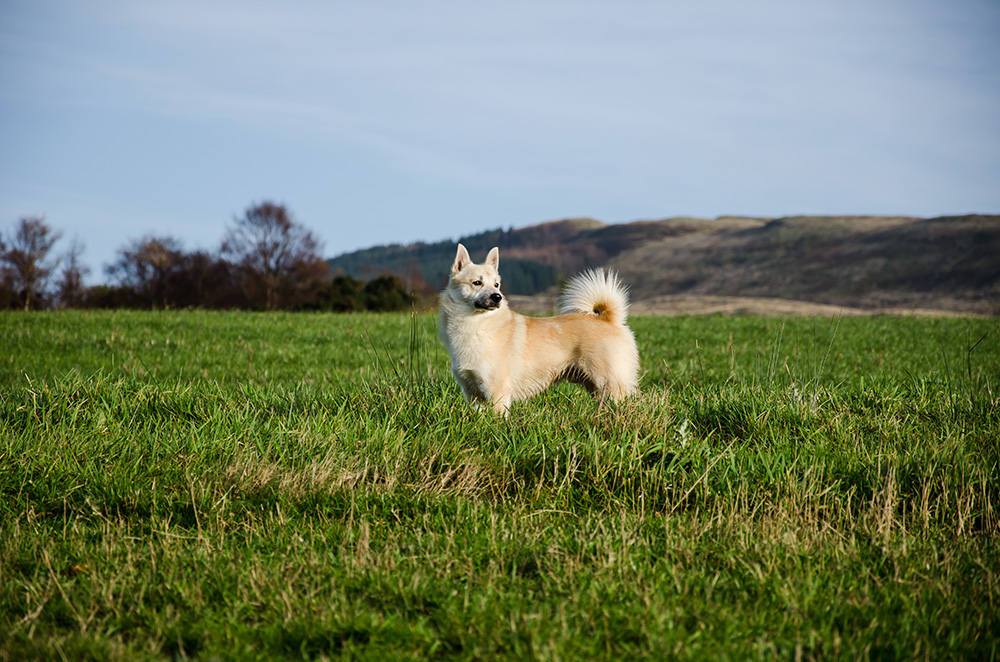
Exercise 🐕
At their core the Norwegian Buhund is a working dog, so you’ll need to find a way to keep them moving and active. They need to exercise for several hours a day, so having a fenced-in yard where they can run around is almost always essential. In addition to their time when they can run around outside, they need daily walks. One or two walks a day is ideal, with each walk lasting about half an hour. However, if you have a job for them to do, that’s even better!
Training 🦮
While the Norwegian Buhund can be a bit independent, with consistent training, there’s no reason you can’t get them to complete a wide array of tricks and commands. However, they can be fiercely independent, so it’s important that you don’t get into a battle of wills with them.
Instead, you need to convince them that what you want is what they want. Sticking with positive reinforcement and lots of treats can tilt the scales in your favor. From there, stay consistent with a daily training session that lasts between 10 and 15 minutes.
Grooming ✂️
While you don’t need to brush a Norwegian Buhund daily, they do need you to brush them out two to three times a week. Additionally, when they’re blowing their undercoat twice a year, you’ll need to brush them out daily until they’ve completely transitioned coats.
From there, you don’t need to give them many baths, although you do need to brush their teeth daily to keep up with their oral hygiene. Finally, keep an eye on their nails and trim them as needed, but if you’re keeping up with their daily exercise needs, it’s unlikely you’ll need to actively trim them.
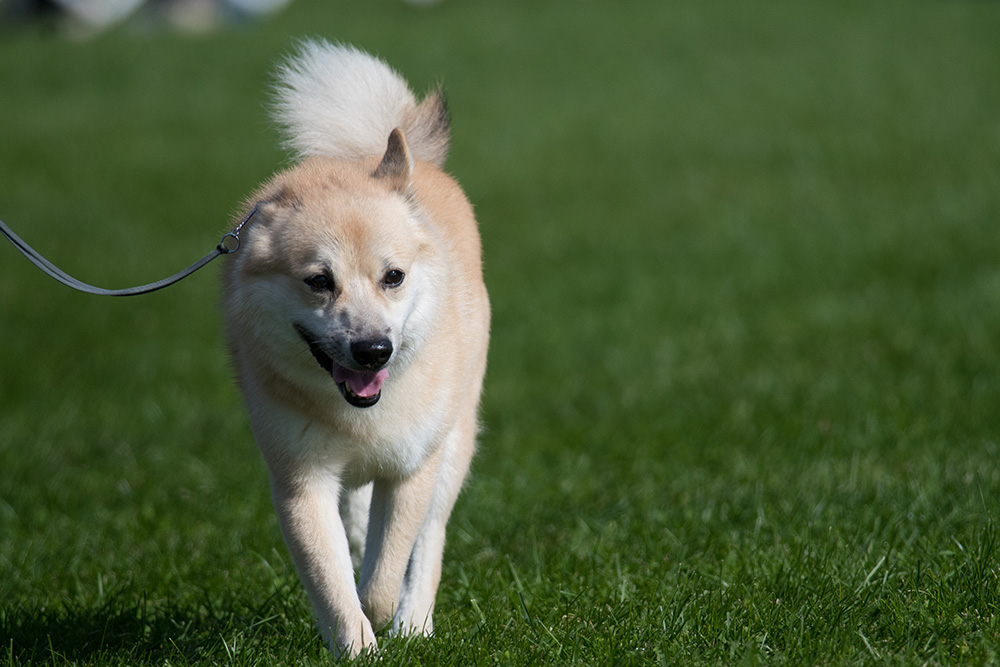
Health and Conditions ❤️
While there’s no such thing as a dog breed that doesn’t have any serious health issues to look out for, the Norwegian Buhund comes pretty close. This is especially true if you get your pup from a reputable breeder with a health guarantee and references.
You’ll still want to keep up with annual checkups with the vet though, and there are a few health conditions they’re genetics make them a little more prone to develop.
- Cataracts
- Dental problems
- Hip dysplasia
- Von Willebrand’s disease
- Obesity

Male vs. Female
It’s important to realize that each dog is going to have their own personality regardless of gender, so it’s important to get to know your pup before making an assumption about how they’re going to behave.
But with that in mind, males tend to be more affectionate and easier to train than females. Females still want just as much attention and love, but they make you come to them to give it to them.
Another area where they’re a bit different is with their size, with males standing about an inch taller and weighing about 10 pounds more on average.

3 Little-Known Facts About the Norwegian Buhund
1. They Used to Guard Flocks
These aren’t large dogs, but they’re large enough. They also feel like large dogs, and they once guarded and herded entire flocks of animals. They might be smaller in stature, but they’re not in spirit.
2. They’re Very Noisy Dogs
This isn’t little-known to anyone who has owned a Norwegian Buhund, but they’re quite the chatterbox. They love making noise, so if you live in close proximity to others, they can be a bit problematic.
3. Vikings Took Buhunds Everywhere
While these pups are great on the homestead, Vikings also took them on their travels all over the world. Vikings loved these dogs, so much so that some Vikings were buried with their pets.

Final Thoughts
Now that you know a little more about the Norwegian Buhund, all that’s left is to determine if one is right for you and your family and then to track down a reputable breeder.
They’re amazing dogs that are easy to fall in love with, but keep in mind that you’re signing up for a commitment that lasts more than a decade, so take your time when making this extremely important decision.
Featured Image Credit: Mark Herreid, Shutterstock
